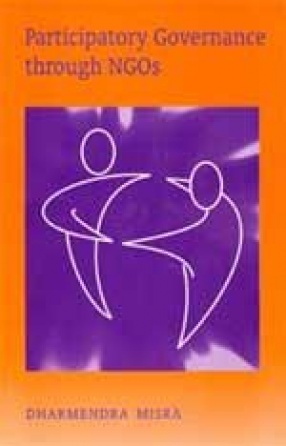-
×
 Birds of the Himalayas
1 × $32.40
Birds of the Himalayas
1 × $32.40 -
×
 Ethics Without God
1 × $50.40
Ethics Without God
1 × $50.40 -
×
 Illustrated First Aid in English
1 × $44.10
Illustrated First Aid in English
1 × $44.10 -
×
 Perspectives on Indian & Western Philosophical Thoughts
1 × $146.70
Perspectives on Indian & Western Philosophical Thoughts
1 × $146.70 -
×
 Asia/Pacific Who's Who (Volume 7)
1 × $152.10
Asia/Pacific Who's Who (Volume 7)
1 × $152.10
Subtotal: $425.70

 Birds of the Himalayas
Birds of the Himalayas  Ethics Without God
Ethics Without God  Illustrated First Aid in English
Illustrated First Aid in English  Perspectives on Indian & Western Philosophical Thoughts
Perspectives on Indian & Western Philosophical Thoughts  Asia/Pacific Who's Who (Volume 7)
Asia/Pacific Who's Who (Volume 7) 




















